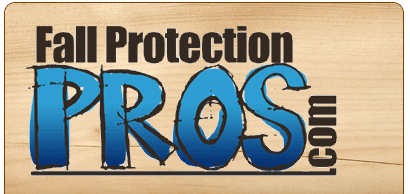As we talked a week or so ago about putting together a fall protection plan. One of the first steps was identifying a fall protection hazard. But what the heck are you really looking for? Let's find out. and teach you how to identify a fall hazard.
Well, technically, according to OSHA any time a worker is at a greater height than 4 ft. a fall hazard exists. Wow! 4 ft. Doesn't seem like much, but I'm pretty confident that some folks have been seriously messed up on a fall from this height.
A lot of times when talking fall protection, we assume death when a fall occurs, but breaking an arm, leg, or neck can be a bitch too. Keep that in mind. If someone gets hurt, it costs time and money.
Now, if you identify a hazard you've got two options. Eliminate the hazard or protect against the hazard.
Ideally, you want to eliminate the hazard, but sometimes that's just not possible. For example, standing on a steel beam 40 ft in the air. That is pretty hard to eliminate. So, in that case you'll need to get an anchor, harness, and lanyard.
I know this wasn't a huge post, but I know people often overlook minor falls. Hell, some of you overlook major falls. But if you know how to identify the fall hazards, you can protect against them.




